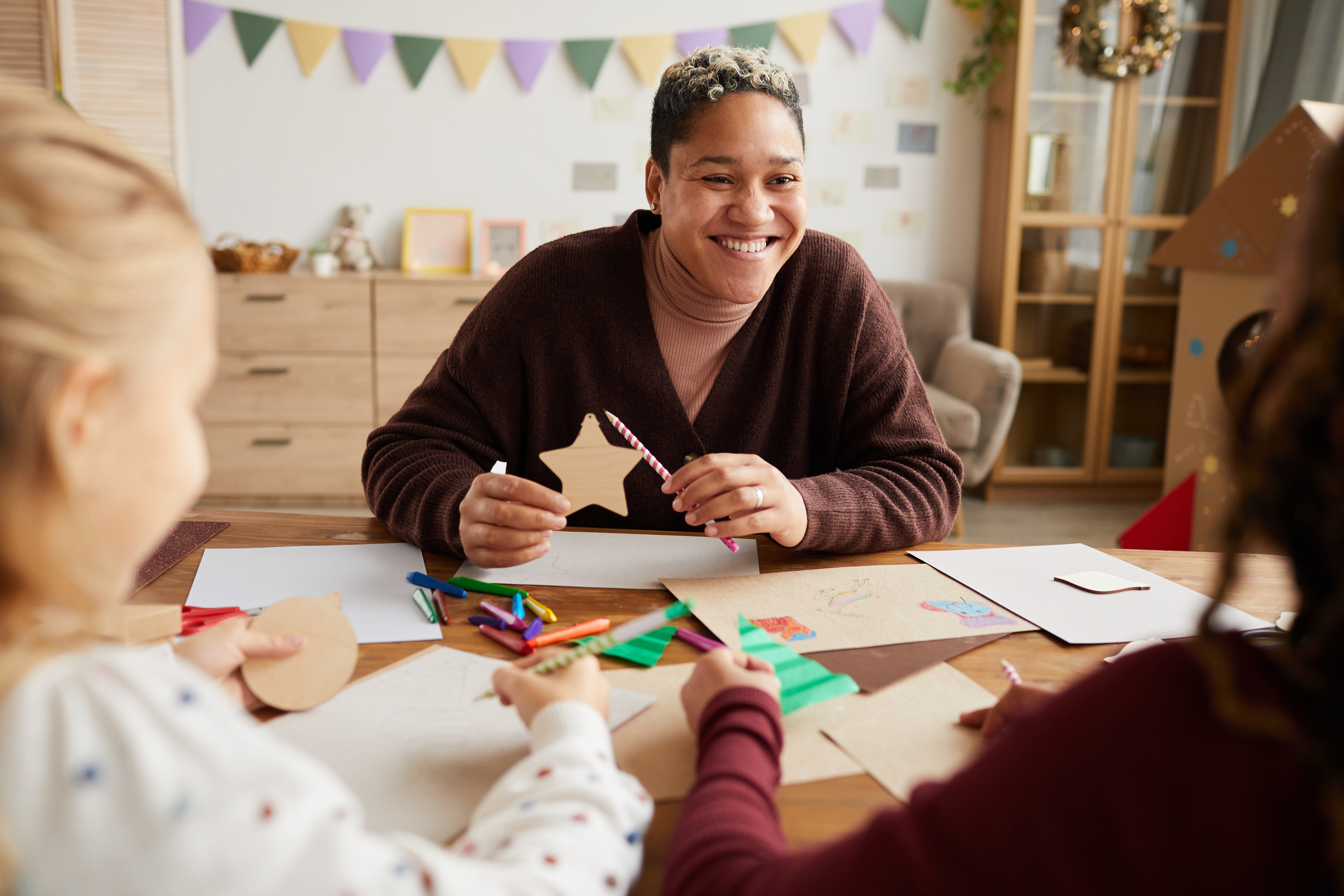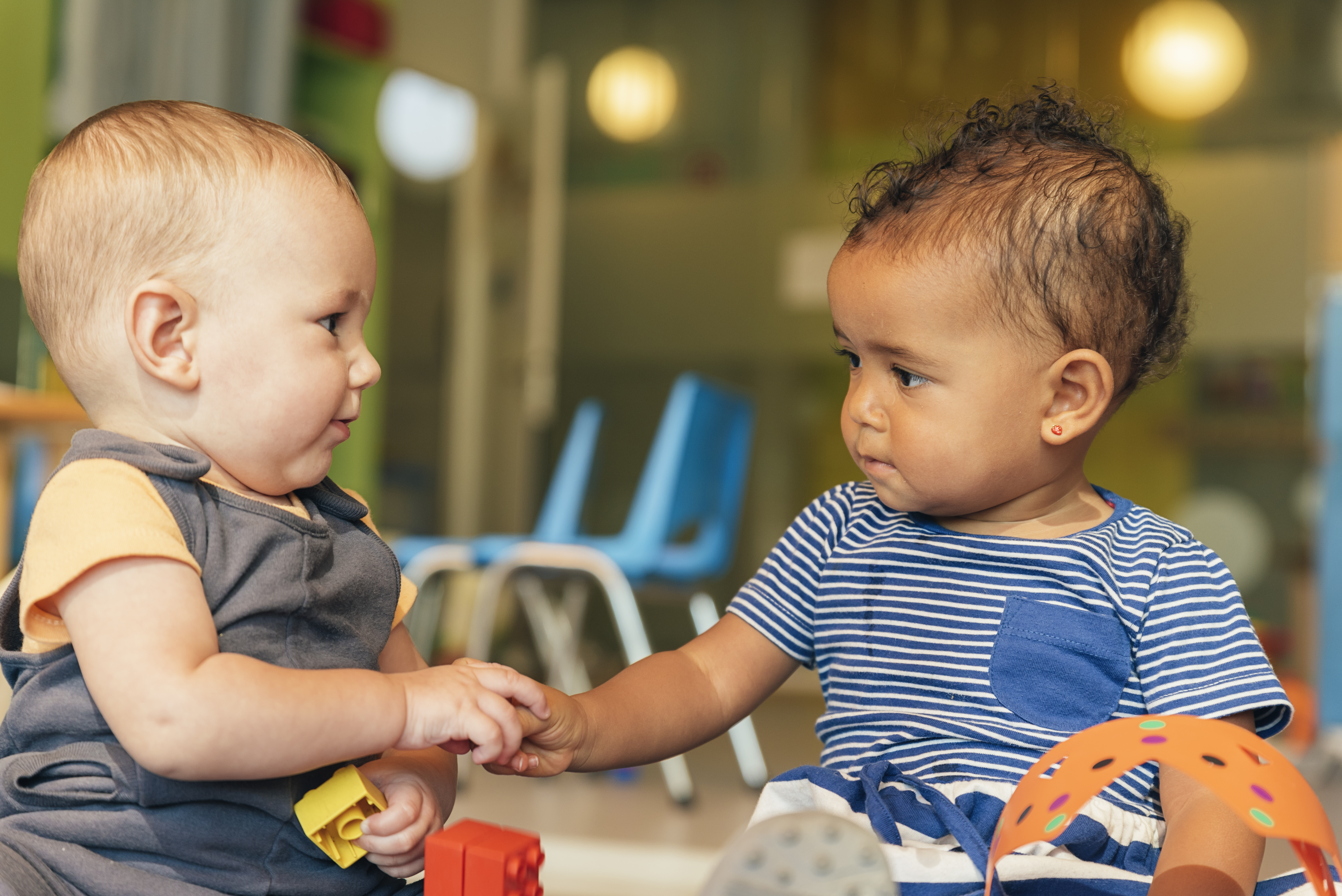
It's so obvious it seems like a waste to talk about, but the process of building report can not be overstated. With children, as is true for most humans, the willingness to engage is predicted on trust. As therapists, teachers, and clinicians we are guides to the development and progress of eager young minds. Without rapport our ability to guide diminishes into nothing.
Why Building Rapport is Important
1. Facilitates Engagement and Cooperation:
- Enhanced Learning: When a child feels comfortable and connected with their RBT, they are more likely to engage actively in therapy activities and cooperate during sessions.
- Reduces Resistance: Building rapport can reduce resistance to therapy interventions, making it easier to implement behavior management strategies effectively.
2. Promotes Positive Emotional Connection:
- Trust and Safety: Establishing trust creates a sense of safety and predictability for the child, which is crucial for managing anxiety and promoting emotional regulation.
- Emotional Support: A positive emotional connection fosters a supportive environment where the child feels understood and valued, enhancing their overall well-being.
3. Improves Communication and Interaction:
- Effective Communication: Rapport-building facilitates effective communication between the RBT and the child, enabling clearer instructions, feedback, and reinforcement.
- Social Skills Development: Through positive interactions, children can learn and practice social skills such as turn-taking, sharing, and joint attention.
Strategies to Establish Rapport
1. Initial Interaction and Assessment:
- Observation: Begin by observing the child’s preferences, interests, and communication style. This helps tailor interactions and activities to the child’s individual needs.
- Preferred Activities: Use preferred activities or toys identified during the assessment as a way to engage the child and initiate positive interactions.
2. Create a Positive and Supportive Environment:
- Nonverbal Communication: Use appropriate body language, such as maintaining eye contact (if comfortable for the child), smiling, and using a calm and reassuring tone of voice.
- Respect Personal Space: Respect the child’s personal space and boundaries to avoid overwhelming sensory sensitivities.
3. Incorporate Child’s Interests:
- Child-Centered Approach: Incorporate the child’s interests and preferences into therapy activities whenever possible. This increases motivation and reinforces positive associations with therapy sessions.
- Choice and Control: Offer choices within structured activities to empower the child and promote autonomy.
4. Establish Predictability and Routine:
- Visual Supports: Use visual schedules or cues to provide predictability and structure during sessions. This helps reduce anxiety and supports transitions between activities.
- Consistent Routines: Maintain consistency in session routines and expectations to help the child feel secure and comfortable.
Building Trust Over Time
1. Consistency and Reliability:
- Follow Through: Consistently follow through with promises, expectations, and routines established during sessions. This builds trust and reliability in the RBT-client relationship.
- Praise and Reinforcement: Provide specific praise and positive reinforcement to acknowledge the child’s efforts and successes during therapy activities.
2. Communication with Parents/Caregivers:
- Collaborative Approach: Maintain open communication with parents or caregivers to gain insights into the child’s preferences, progress, and any concerns. This collaborative approach supports continuity between home and therapy settings.
Building rapport and establishing trust with children on the autism spectrum is essential for RBTs in delivering effective ABA therapy. By implementing strategies such as observing preferences, creating a supportive environment, and maintaining consistency, RBTs can foster positive relationships that enhance therapy outcomes and promote the child’s overall development. At Unity Behavioral Services, we prioritize building strong connections with our clients to ensure personalized and effective therapy experiences. If you have any questions or would like to learn more about our services, please contact us. We are dedicated to supporting RBTs in providing compassionate and impactful care to children and families.
Read Next: Mastering ABA Techniques as an RBT










